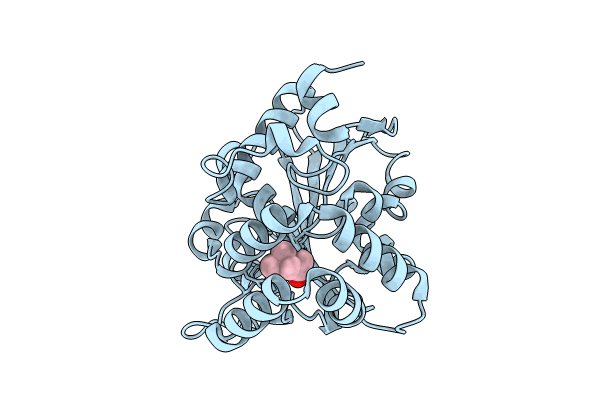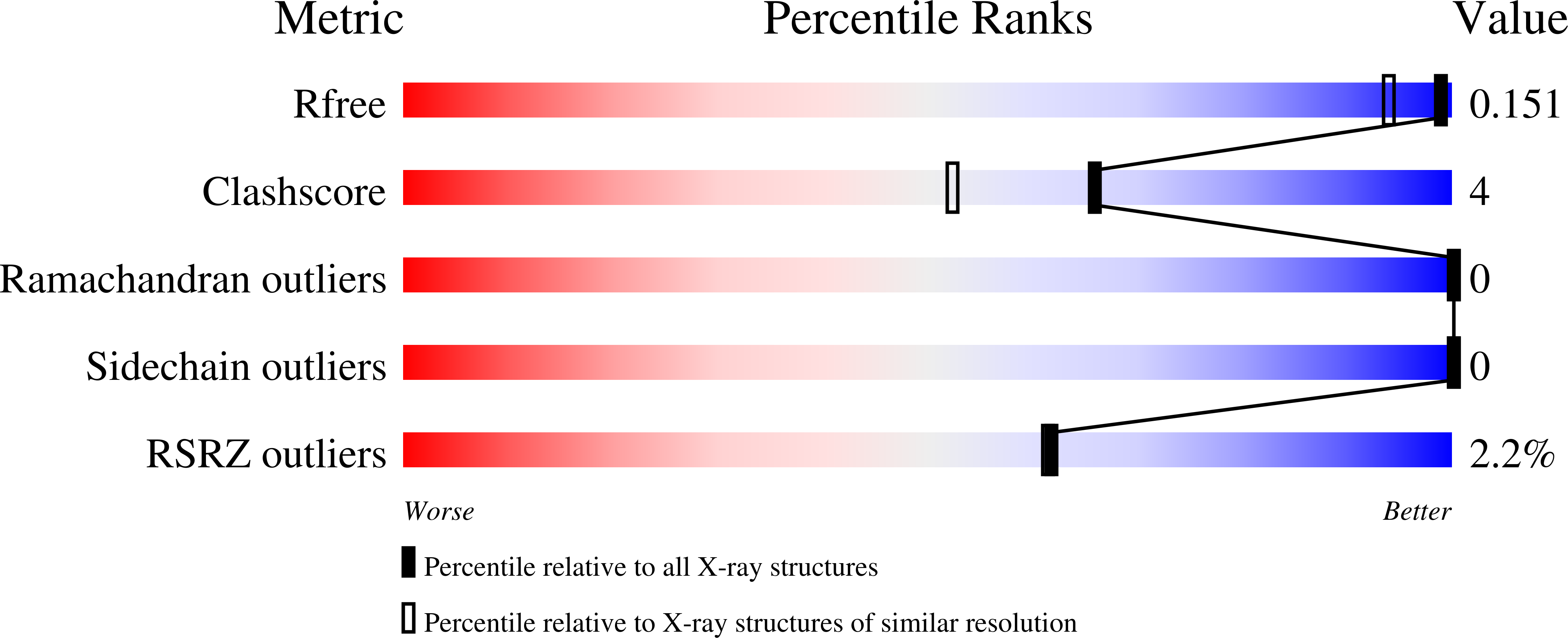
Deposition Date
2023-12-14
Release Date
2024-07-31
Last Version Date
2024-08-21
Method Details:
Experimental Method:
Resolution:
1.29 Å
R-Value Free:
0.16
R-Value Work:
0.15
R-Value Observed:
0.15
Space Group:
P 1 21 1


